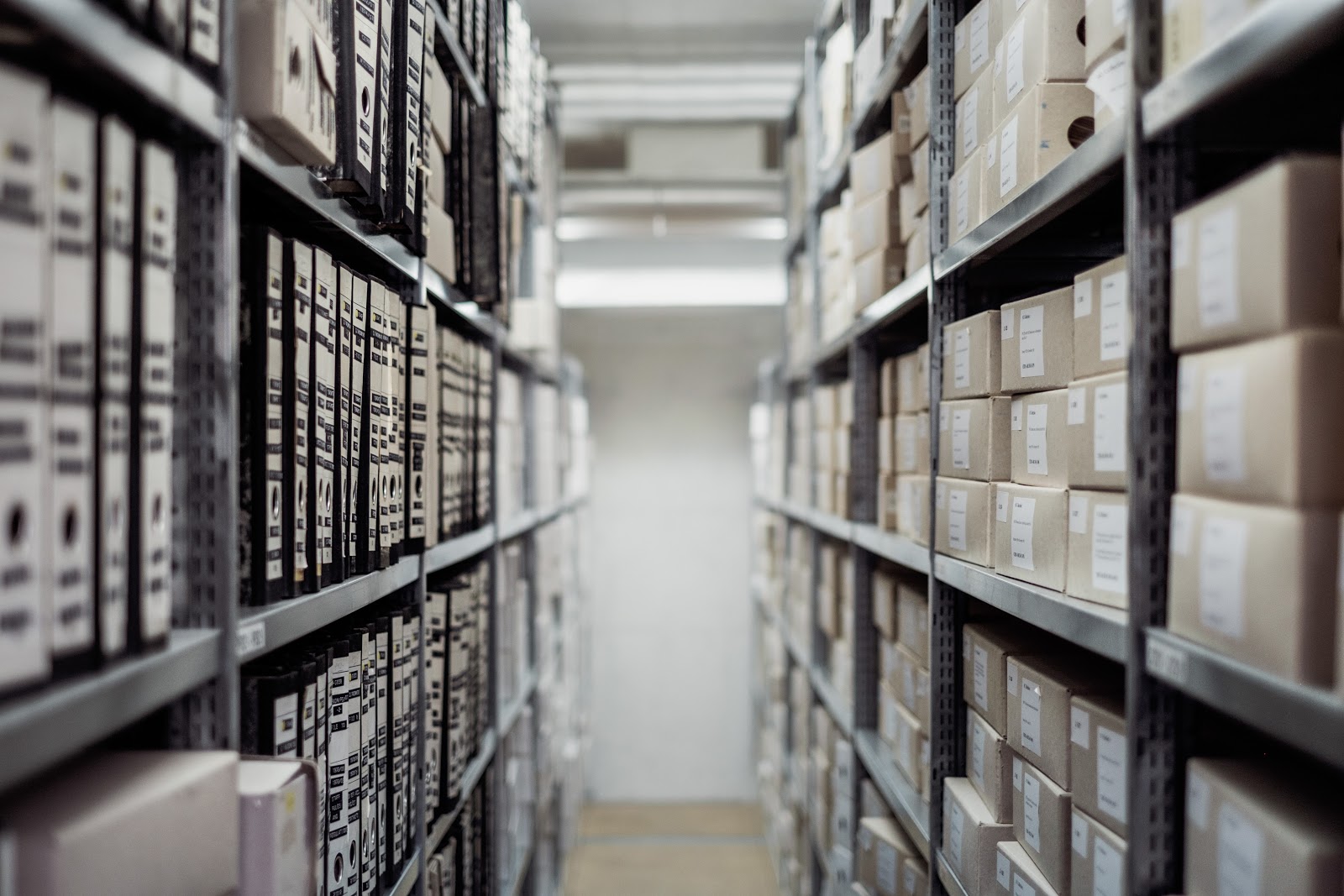Data lakes have brought new possibilities and extra transformational capabilities to enterprises to represent their data in a uniform and consumable way in a readily available manner.
However, with an increasing risks of data lakes transforming to swamps and silos, it is important to define a usable data lake. One thing is clear when opting for data lake for your enterprise - it’s all about how it’s managed.
To help data management professionals get the most from data lakes, let’s look into the best practices for building an efficient data which they’re looking for.
Rising Era of Data Lakes
The challenges in storage flexibility, resource management, data protection gave rise to use of cloud based data lake.
As already detailed in our blog- What is a Data Lake - The Basics, data lakes refer to a central repository of storing all structured, semi-structured and unstructured data in a single place.
Hadoop file system (HDFS), a distributed file system, created the first version of data lake. With the increased popularity of data lakes, organizations face a bigger challenge of maintaining an infinite data lake. If the data in a lake is not well curated, it may flood it with random information difficult to manage and consume, leading to a data swamp.
Keeping Data Lakes Relevant
Data lakes have to capture data from the Internet of Things (IoT), social media, customer channels, and external sources such as partners and data aggregators, in a single pool. There is a constant pressure to develop business value and organizational advantage from all these data collections.
Data swamps can negate the task of data lakes and can make it difficult to retrieve and use data.
Here are best practices to keeping the data lake efficient and relevant at all times.
1. Understanding Business Problem, Allow Relevant Data
First and foremost, start with an actual business problem and think to answer the question why should a data lake be built?
Having a clear objective in mind as to why is data lake is required, helps in remaining focussed and works well to get the data job done, quickly and easily.
A common misconception that people have is that they think data lake and database are the same. The basics of a data lake should be clear and should be rightly implemented for the right use cases. It’s important to be sure about what all a data lake can do and what it can’t.
The practice of collecting data without having a clear goal in mind might make the existence of data irrelevant. A well-organized data lake can get easily transformed into a data swamp when companies don’t set parameters about the kinds of data they want to gather and why.
A data most important to a department in an organization might not be relevant to another department. In case of such conflicts over what kinds of data are most useful to a company at a given time, bringing everyone on the same page about when, why and how to acquire data would be crucial.
Companies leaders should adopt future-oriented mindsets for data collection.
Making clearly defined goals about data usage helps prevent overeagerness when collecting the information.
2. Ensuring Correct Metadata For Search
It’s important for every bit of data to have information about it (metadata) in a data lake. The act of creating metadata is quite common among enterprises as a way to organize their data and prevent a data lake from turning into a data swamp.
It acts as a tagging system to help people search for different kinds of data. In a scenario where there is no metadata, people accessing the data may run into a problematic scenario where they may not know how to search for information.
3. Understand the Importance of Data Governance
Data lakes should clearly define the way data should be treated, handled, how long it should be retained and more.
Excellent data governance is what equips your organisation to maintain a high level of data quality throughout the entire data lifecycle.
The absence of rules stipulating how to handle the data might lead to data getting dumped in one place with no thought on how long it is required and why. It is important to assign roles to give designated people access to and responsibility for data.
The access control permissions will help users, as per their roles, find data and optimize queries, with people assigned responsibility of governing data, and reducing redundancies.
Making data governance a priority as soon as companies start collecting data is crucial, to ensure data has a systematic structure and management principles applied to it.
4. Mandatory Automated Process
An organization needs to apply automation to maintain a data lake, before it gets converted to a data swamp. Automation is becoming increasingly crucial for data lakes and can help them achieve the identified goals in all phases as mentioned below:
- Ingestion Phase
A data lake should not create development bottlenecks for data ingestion pipelines and rather allow any type of data to be loaded seamlessly in a consistent manner.
Early ingestion and late processing of data lakes will allow integrated data to be available quickly for operations, reporting, and analytics. However, there may be a lag between data updating and new insights being produced from the ingested data.
Change Data Capture (CDC) automates the process of data ingestion and makes it much easier for a data store to accept changes within a database. CDC ensures that it only updates the changed records of the database instead of reloading the entire tables. Though CDC ensures correct record update, those records need to be re-merged to the main database.
- Data Querying Phase
The databases running on Hive or NoSQL need to be streamlined to process data sets as large as what the data lake might hold. The data visualization is required for the user to know what exactly to query.
The workaround for this is to use OLAP cubes or data models generated within memory, scalable to the level of use in a data lake.
- Data Preparation Phase
When data in the cloud is not arranged and cleaned and is lumped with no one having an idea of what is linked to what, and what types of insights the business is looking for, it leads to confusion and issues for automating processing of raw data. They need to have clear goals in mind for what the data lake is supposed to look at.
- Uniform Operations Across Platforms
Data lakes must be able to generate insights through ad hoc analytics efficiently to make the business more competitive and to drive customer adoption. This can be achieved with the creation of data pipelines to allow data scientists to run their queries on data sets. They should be able to use different data sets, and compare the results over a series of iterations to make better judgment calls. The lake is likely to be accessing data from multiple cloud sources and hence these pipelines must be able to play well with these different source materials.
5. Data Cleaning Strategy
A data lake can become data swamp unintentionally, unless enterprises adhere to strict plans for regularly cleaning their data.
The data is of no use if it has errors, or there are any redundancies. It loses its accountability and causes companies to reach incorrect conclusions, and might take years or even months before someone realizes that the data is not accurate, if they ever do.
Enterprises need to take a further step and decide what specific things they should regularly do to keep the data lake clean. It can be overwhelming to restore a data lake which has converted a swamp.
6. Flexibility & Discovery with Quick Data Transformation
A data lake should allow for flexible data refinement policies, auto data discovery and provide an agile development environment.
Many data lakes are deployed to handle large volumes of web data and can capture large data collections.
Out of the box transformations that are ready for use should be implemented in the native environment. One should be able to get accurate statistics and load control data for better insights into processes that can provide an operational dashboard using the statistics.
7. Enhancing Security and Operations Visibility
User authentication, user authorization, data in motion encryption and data at rest encryption is needed to keep your data safe, to securely manage data in the data lake.
The data lake solution should be able to provide real-time operations monitoring and debug capabilities and notify with real-time alerts on new data arrivals. In order to extract the most value out of your data, you need to be able to adapt quickly and integrate your data seamlessly.
8. Make Data Lake Multipurpose
A single lake should typically fulfill multiple architectural purposes, such as data landing and staging, archiving for detailed source data, sandboxing for analytics data sets, and managing operational data sets.
Being multipurpose, it may need to be distributed over multiple data platforms, each with unique storage or processing characteristics.
Today, data lake has come on strong in recent years and fits today's data and the way many users want to organize and use their data. Its ability to ingest data to be used for operations and analytics as enterprise’s requirements for business analytics and operations evolve.
Are you interested in exploring how data lakes can be best utilized for your enterprise? Contact us to get the conversation started.
Our Services
Customer Experience Management
- Content Management
- Marketing Automation
- Mobile Application Development
- Drupal Support and Maintanence
Enterprise Modernization, Platforms & Cloud
- Modernization Strategy
- API Management & Developer Portals
- Hybrid Cloud & Cloud Native Platforms
- Site Reliability Engineering



